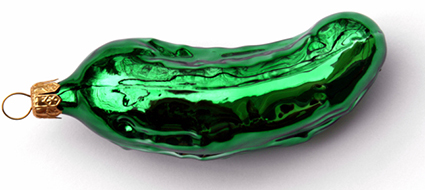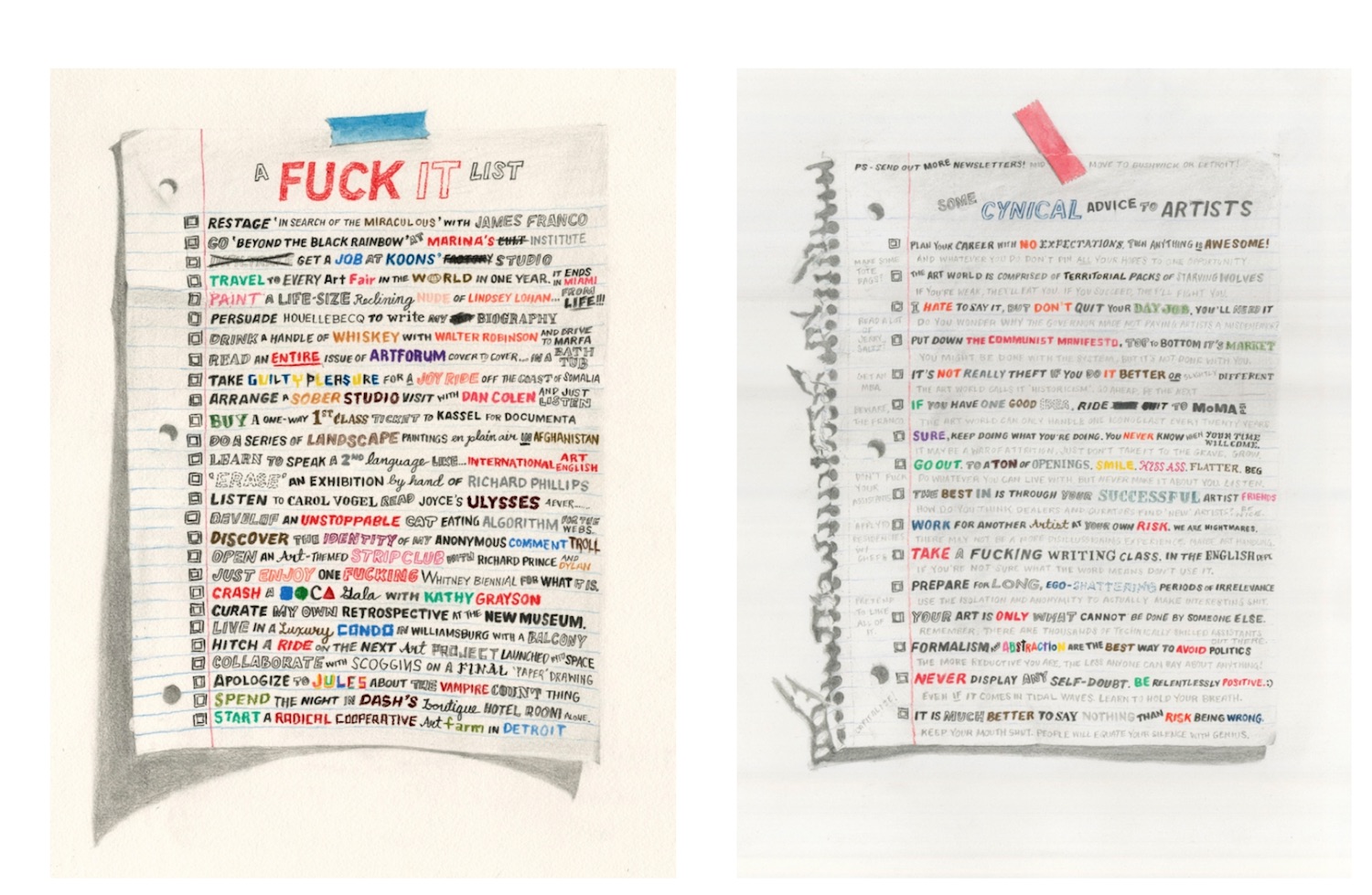Constructive Rules for Artists & Organizations for Art Donations By Suzy Kopf
It’s that time of year again. When people start cooking more, spending quality time with their families, and emailing artists to give away their work for free. The culprits? Every arts organization from galleries, to 501 c3s, fellowships and for-profit residency programs. The marks? Artists they know will be sympathetic to their end of year fundraising goals. So far this season, I have received eight requests to donate artwork to benefit auctions, sales or shows and after honoring most of these requests, I’ve reached my limit. When did this become a necessary and expected part of being a working artist?
These emails will typically use language to minimize what they are asking for. They would like small works valued at under a particular monetary value. They would like to know what the work is worth but inform you that they will sell it for less if necessary. Sometimes there is an offer to give the artist 25%-50% of the sale value or a ticket to the gala or opening party itself. And then, of course, there is the ever-present promise of exposure, of having your work in a new collector’s home and of expanding your network. For a lot of artists, myself included, these trade-offs are fine, even appealing because you are helping an arts organization. But are we really helping anyone in the long run by selling work under market value?
 Drawings by William Powhida
Drawings by William Powhida
Of course, the most obvious solution is to politely decline if you feel imposed upon, to make your excuses and move on with your life. There is the more millennial approach where you ignore the email and if asked about it in person stall and change the subject. But for the sake of journalism, let’s say that you are the type of person who believes in arts organizations and want them to stick around in the, let’s face it, the harsh economic reality of this country. You want to help, you’re swept up in the spirit of the holiday season, you have some work you feel you could part with and maybe, just maybe, you have a little trouble saying no.
A quick aside about me: I was a girl scout my entire childhood so I was raised with innate sense of right and wrong, volunteerism, and self-importance. I do not, however, consider myself someone who is unable to say “no.” Or rather, I have perfected that favorite alternative of my generation, the ‘lock eyes with the horizon and hurdle by’, which works perhaps best on mall kiosk worker’s cries of “Beautiful, come look at my cell phone covers, we have pink!” (Dude read me so wrong… I hate pink.) But I do not want to ignore and ‘hurdle by’ my friends who run galleries, nonprofits and residency programs. That is not an acceptable solution.
So I find myself in a bit more of pickle every year, as my connections have grown with time and I’ve been a bit stalled out in the sales department while in graduate school. With every career success, I know I can now expect another end of the year email soliciting help.

And so, perhaps this is too radical, but I propose that the system is broken. And while I would like to click my heels and provide proper funding year round to arts orgs so they wouldn’t have to collect from their constituency annually, I know we are a long way from that here in the US of A.
Instead, I offer these 10 revisions for arts organizations that have decided to have an end of year exhibition fundraiser:
1) Be utterly honest with me in the email. Tell me you need to raise X amount to make Y happen. Tell me that the toilet that overflowed and ruined the floor this summer totally tanked your budget for colored pencils. Tell me the truth even if it isn’t glamorous.
2) Do not minimize what you are asking for. That actually makes it harder for artists to figure out what to give. I have a lot of work from a few years ago that is very large that I haven’t been able to sell. I would love to donate it to one of these shows, as it would actually solve a storage problem for me. Size restrictions limit what I can offer you.
3) Do not sell my work for under market value. If you cannot get the value of the piece, the solution is not to give it away for less. That hurts me, it hurts my collectors, and ultimately it’s a missed opportunity for the organization because you’re not getting the full value of my donation. I’d rather you hold on to the piece until after the show, promote it, and eventually find someone to pay what it is worth.
4) If the work is valued at over $100, you need to at least offer a 50/50 split with the artist. This is to cover the expenses of making the piece and of getting it to the venue. Typically with benefit shows, it costs me money to participate because I am giving not only my time and materials but also the price of shipping/ handling/ framing or transport to drop it off.
5) If my reward is a ticket to a party, please give me two so I can bring my partner or a friend. I swear we wont eat too much or get too drunk and I might actually have fun if I have someone to graze the cheese tray with.
6) Do not pretend that a benefit or gala is something I can put on my resume. I am happy to help promote the event on social media but fundraisers look like filler on resumes.
7) Do not promise me exposure or new collectors. In many situations, yes, new people will look at my work as a result of seeing it in a benefit show. Someone may even buy something at some point in the future. However, it is irresponsible to promise that.
8) If someone does acquire my piece, give me their contact information so I may thank them and add them to my mailing list.
9) Consider having more ‘curated’ benefit shows where you ask 3-5 artists to partner with you and donate 50% of sales to your org. Then the show would double as a small group show, which is a career builder for the artists.
10) Consider alternative fundraising events that do not require artists to give away their work for free. Some options include: running a CSA or community supported art program wherein you select artist to create a predetermined number of works that are sold for a fixed price to collectors or partnering with a local restaurant and hosting a benefit dinner or event.
And finally, I should conclude this article with a note to my fellow artists: learn from my mistakes. Realize these requests will be coming in and decide early on (say, September) what is possible for you to give. Then try to stick to it.
Consider your bottom line and figure out the monetary value of what you can donate. Make work specifically for this purpose within a window of time you designate for it. Whatever you are most comfortable with, even if it is giving nothing this year, that is okay— as sure as the sun is going to rise, there will be an annual benefit next year.

Author Suzy Kopf is a recent Brooklyn to Baltimore transplant. She is studying painting in MICA’s MFAST program. And she is not a fan of pink.






